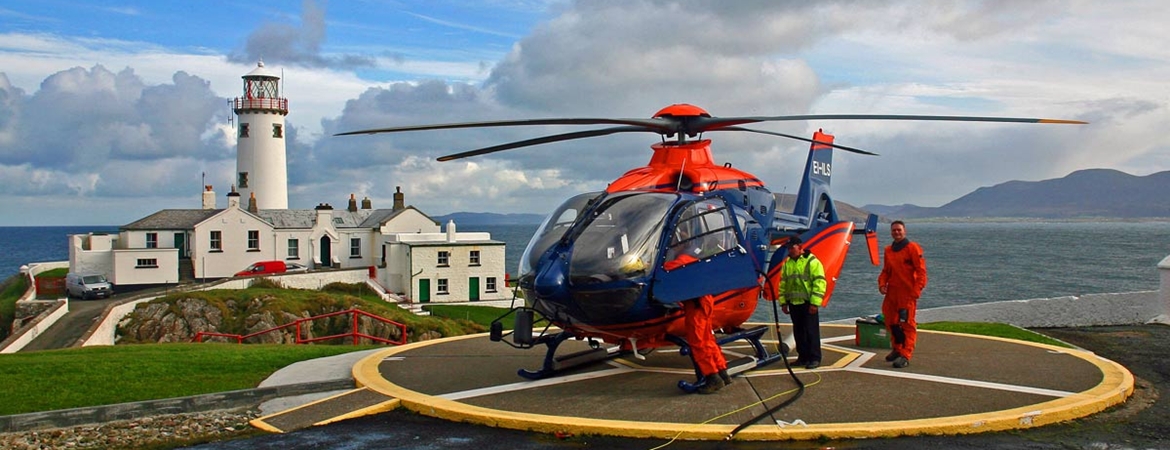We are responsible for providing marine aids to navigation (AtoN) under the Safety of Life at Sea (SOLAS) convention.
- We provide and maintain over 300 general aids to navigation
- We manage about 4,000 local aids to navigation and
- We mark or remove dangerous wrecks outside harbour areas around Ireland
Our AtoN include radio aids such as Differential GPS (DGPS), Radar Beacons (Racon), and Automatic Identification Systems (AIS), as well as more traditional visual aids such as lighthouses, buoys and beacons.
These AtoN complement Global Navigation Satellite Systems (GNSS), such as GPS, which are the primary means of navigation for most mariners. If satellites are not available, these AtoN provide position, spatial awareness, hazard marking and backup.
Why Aids to Navigation are crucial for safety and the economy
Ireland is one of the most open economies in the world. We rely heavily on trade and around 95% of our imports and exports are carried on ships. Each year, over 30m tonnes of goods, almost 4m passengers and more than 1m containers pass through Irish ports. These are the vital arteries of the Irish economy.
Aids to navigation are a critical element in the transport chain, helping to ensure the safety of life, property, business and the environment.
Measures that keep the sea routes open, safe and running smoothly are essential both for the economy and safety.
Our maritime safety partners
We operate an essential safety service for Ireland. Together with our General Lighthouse Authority (GLA) partners - Trinity House (England & Wales) and Northern Lighthouse Board (Scotland) - we have operated this service long before the existence of modern statutory requirements such as the Merchant Shipping Acts and the SOLAS convention.
This tri-GLA approach ensures:
- A common standard and presentation of marine Aids to Navigation (AtoN)
- Best use of resources
- Rigorous assessment of the level and type of service required
Milestone in modernising the service
A key milestone in establishing our current operating context was the establishment of the principles agreed in the 2010 AtoN Review. Its starting point was that the number, mix and nature of aids to navigation should:
- Be commensurate with the amount of and nature of the traffic and appropriate for the degree of risk
- Be integrated and cost-effective
- Comply with international standards
Other key points:
- A maximum range of 18 miles is considered sufficient for most lights
- Rotating optics are no longer required and one light in view is acceptable
- Leading lights and sectored lights remain important
- Sequential or synchronised buoy lights should be used more
- Fog signals are no longer considered to be an aid to navigation
Service improved, costs reduced
These principles have driven station consolidations in recent years and a reprofiling of the service, with improved reliability and reduced costs. Ongoing application of these principles is demonstrated by continuing improvements in our service and method of delivery, including:
- A reprofiled AtoN offering that recognises the user requirement for an appropriate mix of physical and radio AtoN. The required mix will be informed by ongoing user consultation, the 2015 AtoN Review and the IMO e-Navigation Project
- Continued streamlining of AtoN using modern, low-cost, high-reliability equipment to provide improved service at optimal cost
- Exploitation of AtoN and infrastructure potential to maximise its benefits, including the use of e-Navigation components to deliver added-value content, introduction of marine data services and further tailoring of both physical and radio AtoN provision to user needs
- Greater opportunities for collaboration with our GLA partners (Trinity House and the Northern Lighthouse Board), State agencies, and others to achieve cost savings, efficiencies, operational flexibility, R&D and innovation


